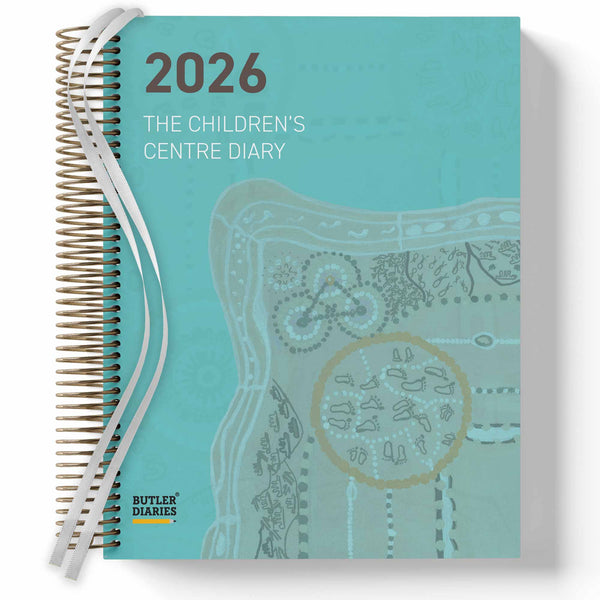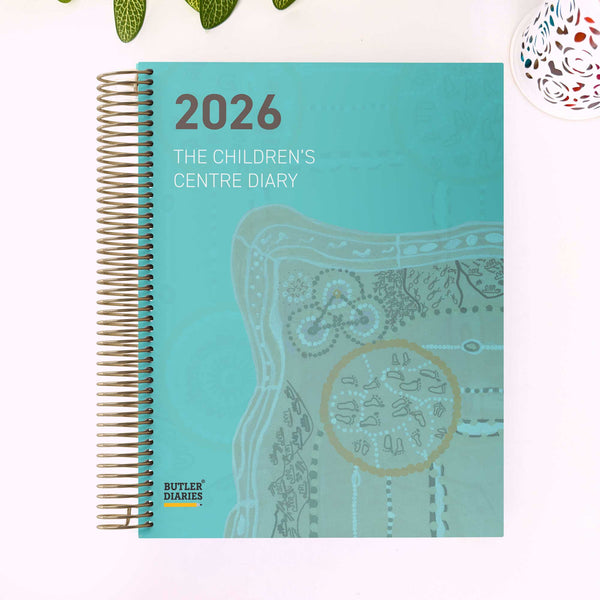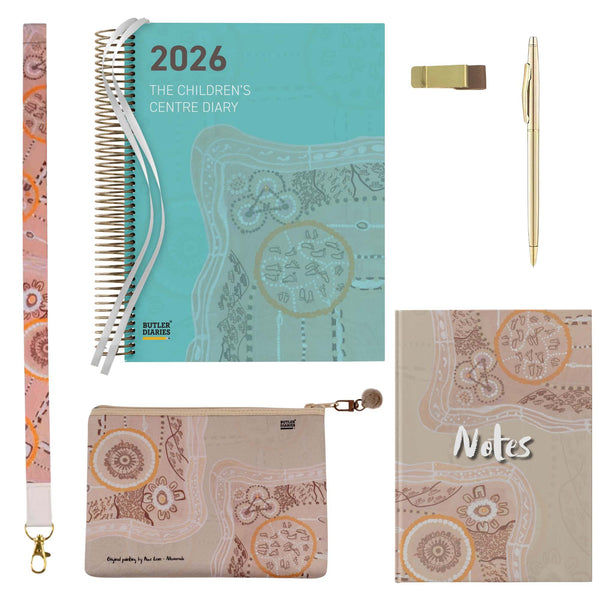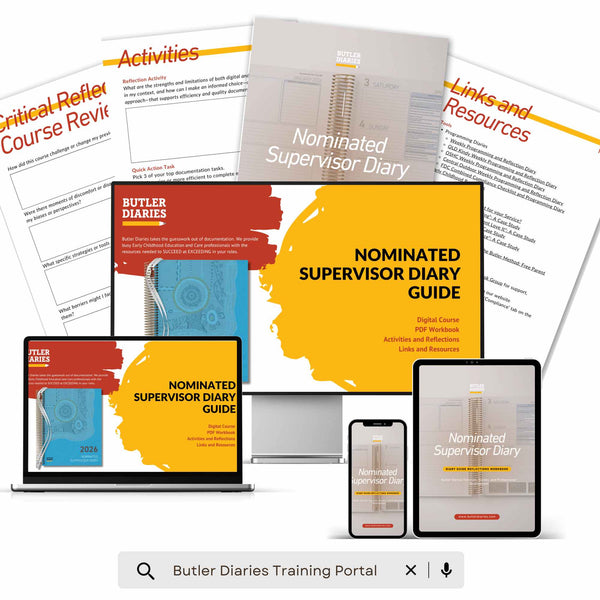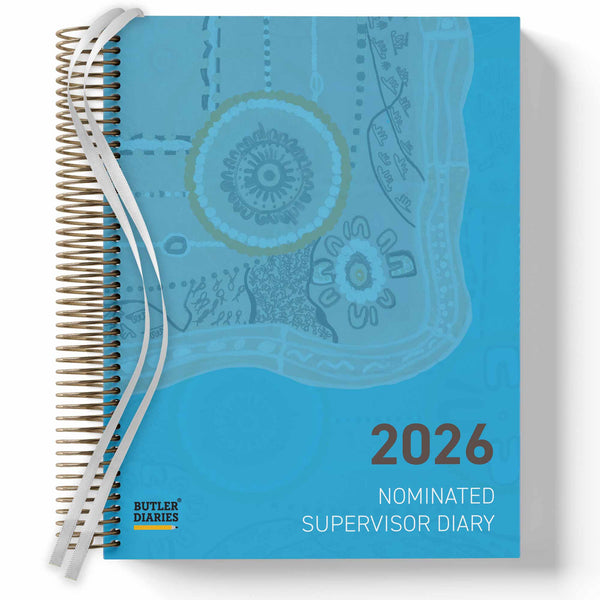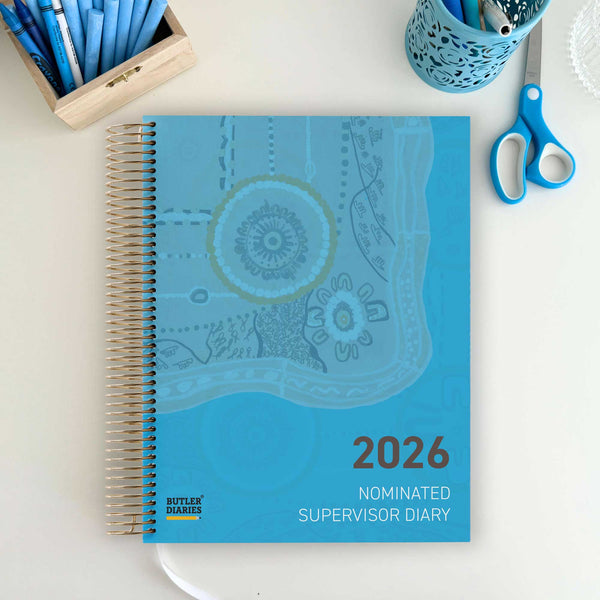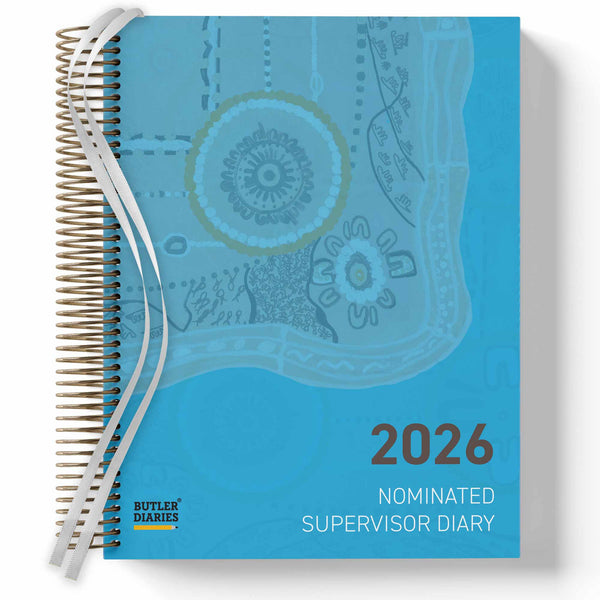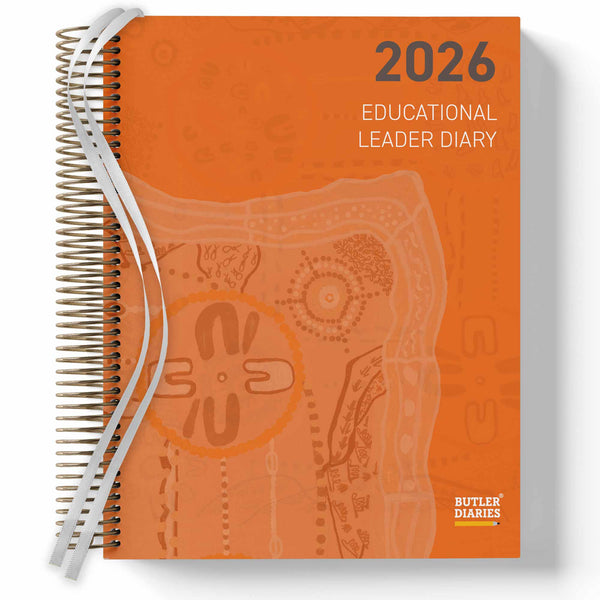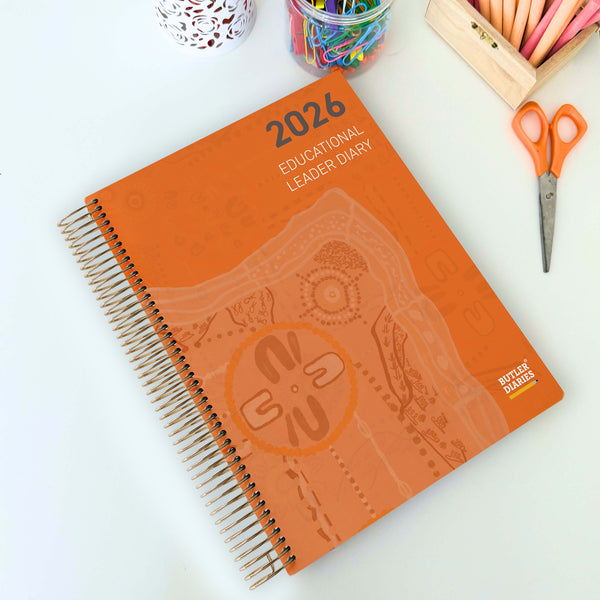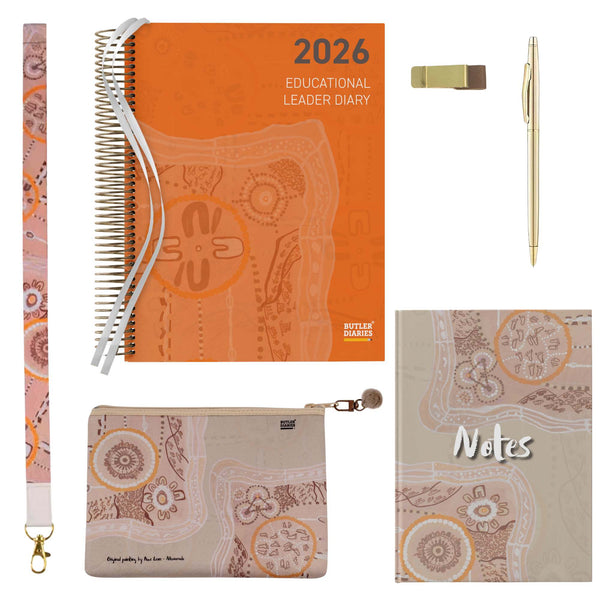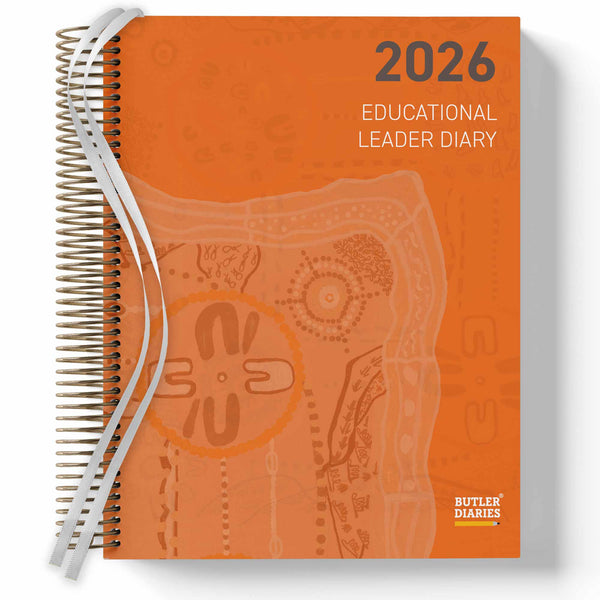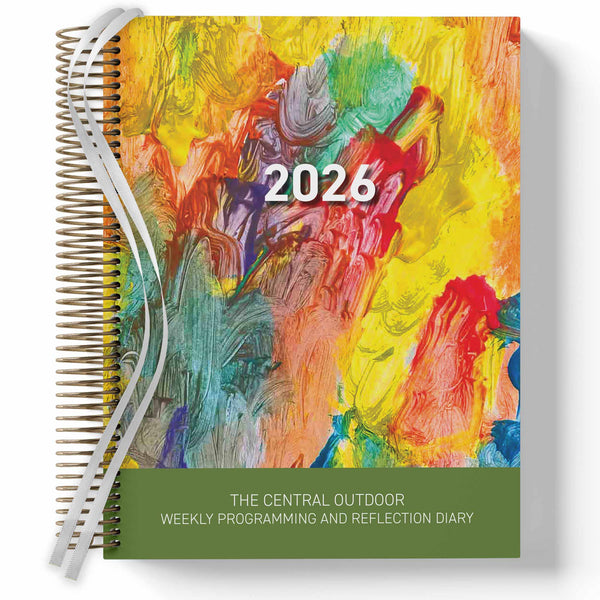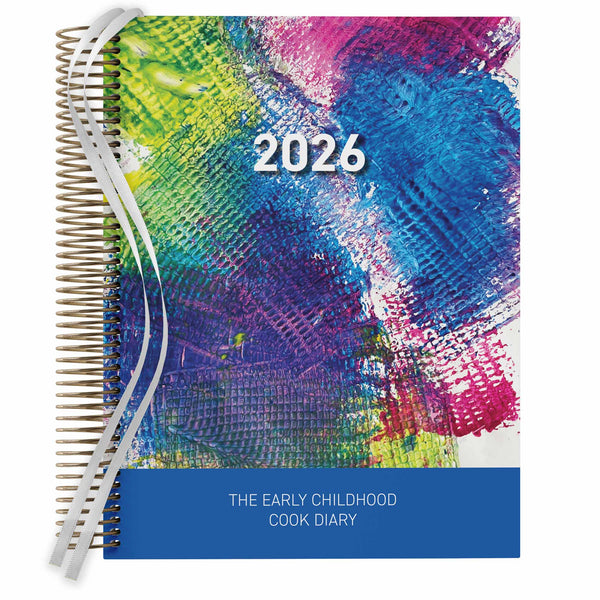How the Children's Centre Diary captures many roles across different teams — one powerful tool to lead, reflect, and stay connected.
When we created the Diary, it wasn’t just to fill pages — it was to solve a problem nearly every service faces: too many moving parts, not enough clear communication.
From Centre Directors to Room Leaders to the whole team, the Diary has become more than a planner. It’s a shared space for documentation, reflection, collaboration, and leadership — all tailored to your unique service context.
Here’s how different roles in your centre can use the Children's Centre Diary to keep everything — and everyone — on the same page.
1. The Centre Director’s Leadership Hub
For many Directors, the Diary becomes the centre of operations. It’s not just about managing the day — it’s about leading with intention and maintaining visibility over service-wide priorities.
How a Director might use it:
-
Track Quality Improvement Plan (QIP) goals and progress
-
Document reminders, compliance notes, or upcoming assessments
-
Reflect on leadership decisions or team discussions
-
Delegate tasks and follow up across the leadership team - assistant director, office admin, and educational leaders.
-
Record key centre-wide updates or staff changes
Some Directors choose to use the Children's Centre Diary as a general communication tool for the whole leadership team, while keeping the Nominated Supervisor Diary as their personal accountability partner. This means the Leadership Team, whether that's made up of your assistant director, educational leader, or office admin, are working together on centre-wide goals.

2. The Room Leader’s Daily Compass
In the hands of a Room Leader, the Diary becomes a vital tool for keeping their room running smoothly, no matter who’s on shift.
How a Room Leader might use it:
-
Note daily attendance or shift changes
-
Record family conversations that aren’t linked to the program
-
Set weekly room or professional goals
-
Leave messages for team members across shifts
-
Capture team ideas or to-dos
-
Document any follow-up needed after a staff meeting or room huddle
The Diary becomes a source of consistency across changing rosters — keeping educators aligned and reducing the stress that can come with transitions or missed messages. It is your to do list and communication tool for the Educators in your room.
3. A Shared Staff Communication Diary
Some services use one Diary as a central communication hub — often kept in the staff room or office — where the whole team can contribute and stay informed.
What this might look like:
- Family and staff messages are recorded into the Diary, so everyone is informed
-
Staff initial messages once read, creating clear accountability
-
Daily updates on children, families, or routines are all in the same place
-
Reflections or feedback from different rooms create centre-wide goals
-
Notes of gratitude or team wins to boost morale
-
A record of service-wide actions, goals, or reminders and a QIP action record emerges
By keeping communication out in the open — and in one place — services build a culture of transparency, collaboration, and shared leadership. Communication, goal setting, and team reflecting becomes consistent with the Children's Centre Diary.
For Your Entire Service — One Diary, Many Voices
The Children's Centre Diary doesn’t need to live in one role. Many services use it across multiple roles — with one in the office for consistency across the leadership team, one in each room for educators to manage their rooms, or one shared version in the staff space for whole service communication.
The power of the Diary lies in its adaptability:
-
Communication tool,
-
Team management and to-do list,
-
Professional goal setting and collaboration,
-
Evidence and actions towards QIP.
No matter how you use it, the Diary becomes a living document that reflects your service’s journey — including the wins, the growth, and the goals you're working toward.
The Takeaway?
There’s no one “right” way to use the Children's Centre Diary. Its strength lies in its flexibility.
Whether it lives in your main office, your room, or your staff room — when used consistently and meaningfully — the Diary becomes a powerful tool for leadership, communication, and collaboration across your service.
Want to see how the Diary might fit into your service?
Explore the Children’s Centre Diary Guide and see how other teams are personalising it for their roles, routines, and reflections.
Or, get in touch and let us help you find the right setup for your team.









